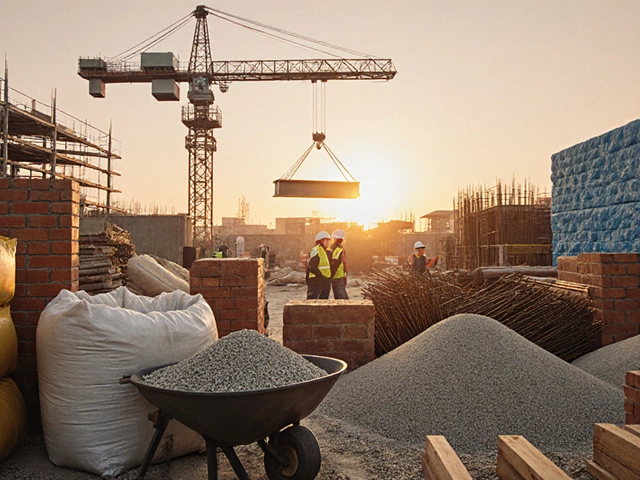Types of Commercial Buildings: What They Are and How They Differ
When we talk about commercial buildings, structures designed for business use rather than living spaces. Also known as non-residential buildings, they include everything from small retail shops to massive office towers—each built for a specific job, not just aesthetics. Unlike homes, which focus on comfort and personal space, commercial buildings are engineered for efficiency, safety, and high traffic. They follow strict building codes, use heavier materials, and are often designed to handle hundreds of people daily.
There are clear categories within commercial construction, the process of building structures for business operations. Office buildings, spaces designed for administrative and professional work are the most common—think glass towers in city centers or quiet single-story complexes in suburbs. Then there are retail spaces, buildings meant for selling goods directly to customers, like strip malls, big-box stores, or standalone boutiques. These need wide aisles, strong lighting, and easy access for shoppers. Industrial buildings, structures built for manufacturing, warehousing, or distribution are different again: high ceilings, heavy-duty floors, loading docks, and minimal windows. And let’s not forget schools, hotels, clinics, and restaurants—each has its own rules, from fire exits to plumbing capacity.
The difference between a warehouse and a bank isn’t just size—it’s code, cost, and purpose. A school might look like a commercial building, but in places like New Zealand, it’s classified differently for safety and funding reasons. A restaurant needs grease traps and ventilation systems a law firm doesn’t. Even the materials change: retail spaces often use glass and steel for visibility, while warehouses rely on concrete and steel trusses for strength. Knowing what type you’re dealing with affects everything—from permits and insurance to renovation budgets and contractor selection.
You’ll find posts here that break down exactly how these types vary—from zoning rules to material choices—and why mixing them up can cost you thousands. Whether you’re considering a property investment, planning a renovation, or just trying to understand why your neighbor’s new store looks nothing like the office building next door, this collection gives you the real, no-fluff facts. No jargon. No guesswork. Just clear distinctions that help you make smarter decisions.
What Is Classified as Commercial? Understanding Commercial Construction Spaces
Curious what counts as a commercial building? This article breaks down what makes a property 'commercial' in the construction world. It covers which spaces fall into this category (and which don’t), why the classification matters, and some surprising facts about building codes and regulations. You’ll also find practical advice for anyone who needs to figure out if a project or property counts as commercial. Consider this your no-nonsense guide to commercial construction lingo.





